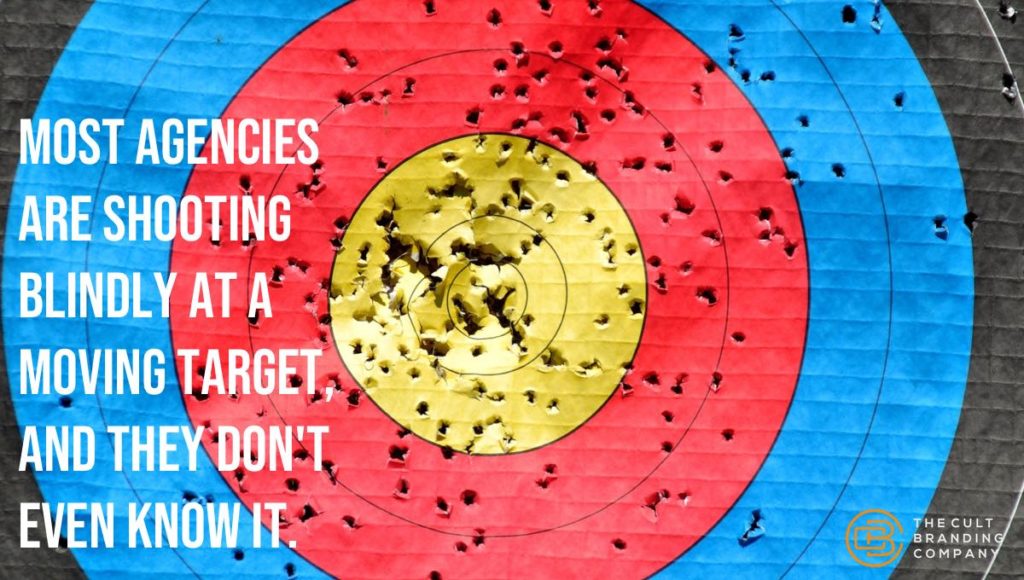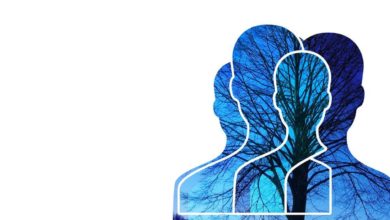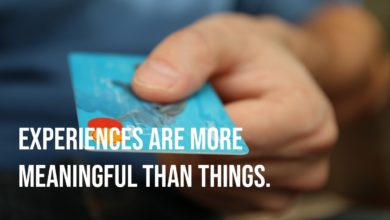[ad_1]

Your customer has many options.
They can meander into your store or stop by your competitors’.
On their devices, they can do the same or let Google offer dozens of other alternatives they might not even know exist.
How do they really make their decision on where and what to buy? More importantly, what can you do to influence their decision to choose you?
Conscious Drivers of Choice
If you ask your customer why they choose a particular brand of jeans from a particular location, they will give you their conscious reasons.
Conscious reasons for buying might include fit, comfort, size, convenience, price, and selection.
These are conscious drivers of choice.
Consider your own last apparel purchase. Did it fit just right? Did it feel comfortable? Were you in a rush? Was the price too good to pass up?
It is vital to understand the conscious drivers of choice for your customers in relation to your market.
You can’t be all things to all people. You need to understand what areas you excel in and what areas you’re weak in relation to your competitors.
Thirty years ago, when you had significantly less competition, that might have been enough. You could capture a market with just this basic knowledge.
When Anheuser-Busch began building its network of brewers in the 1950s, Budweiser could easily expand into new markets without much effort. Today, with a litany of major competitors and new microbreweries—and even nanobreweries—entering the market each year, it has become much more difficult for Budweiser to expand its market.
Today, knowing your customers’ drivers of choice is just the beginning.
Why Branding Became Important
When two products from competing businesses are virtually the same as far as category drivers of choice, offering comparable features and benefits, what motivates a customer’s decision?
Branding now becomes the primary factor that influences their choice. Branding is the means by which a company can differentiate itself from other companies in its market for its target customers.
Once you’ve clarified what your brand is, in today’s market, the key is to take an omnichannel approach that is consistent across all customer touchpoints including in-store, your company website, social media, and customer service.
“Branding” has become such a misused term in modern business that we shy away from using it (even though it’s in our company name).
Let’s look more closer at what a brand actually is.
The Hidden Force Behind Their Choice
A brand isn’t tangible. You can’t touch or feel it.
At its core, a brand is an idea.
This idea takes the form of an image. It’s not a physical image, but an imprinted image on the minds of its customers.
(Without customers, a brand doesn’t exist. For this reason, we say that branding is a co-authored experience with your customers.
This image is best characterized as an archetype. An archetype is a universal symbol. This symbol can take many different forms, as all symbols do in various myths, dreams, and fairy tales.
A symbolic image alone, however, is lifeless. It doesn’t evoke any meaning in an individual.
Emotion gives the image life. When an image combines with emotion, the archetype comes alive in the person’s psyche.
And it is this living archetype that defines a brand. It is also what drives a customer’s choice of which brand to associate with through their buying habits.
The customer, of course, isn’t aware of this process. This psychological dance occurs below the surface, on the subconscious and unconscious levels.
A true brand represents at least one particular archetypal pattern. Certain people will resonate with this pattern; others will not.
Those who do resonate with this symbolic pattern can potentially become your customers. Your target customers are drawn to the expression of that archetype.
How Great Businesses Differentiate From Competitors
The airline industry is notoriously cold, unfriendly, and unhelpful.
Southwest Airlines differentiated itself by aligning with the symbol of the heart, representing the values of love, kindness, and compassion.
The talk show industry was driven by negativity and grew by showcasing the lowest forms of human nature (think Jerry Springer).
Oprah differentiated herself by aligning with the archetype of hope. Legions of fans followed her march out of the darkness.
In the athletic apparel industry, Nike differentiated itself by aligning with the warrior archetype. It tapped into the competitive drive and desire for victory.
Differentiation in any competitive space ultimately comes down to subtleties and intelligence in strategy and execution.
Once you know the symbols that guide your enterprise, your job is to consistently find unique ways to express these symbols so they will be meaningful to your customers.
Start with accurate consumer insights and then build cohesive strategies around them.
A final note: If you’re investing in advertising and messaging without first mining for consumer insights and developing top-down strategies, your agencies are shooting blindly at a moving target. Sadly, most agencies are, and they don’t even know it.
[ad_2]
Source link






